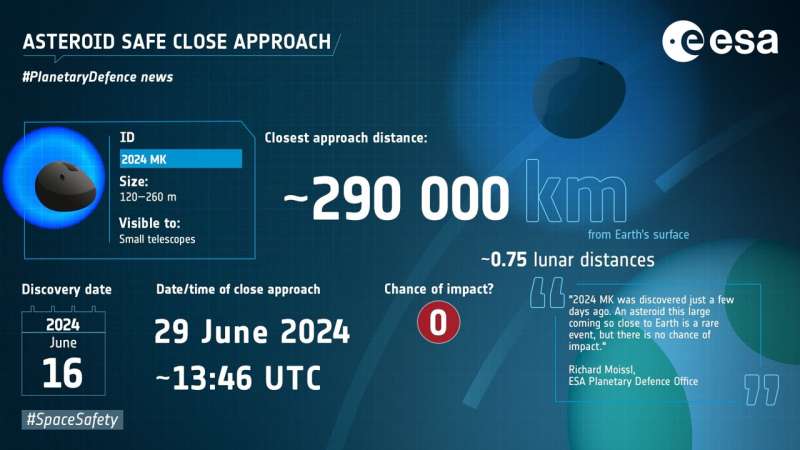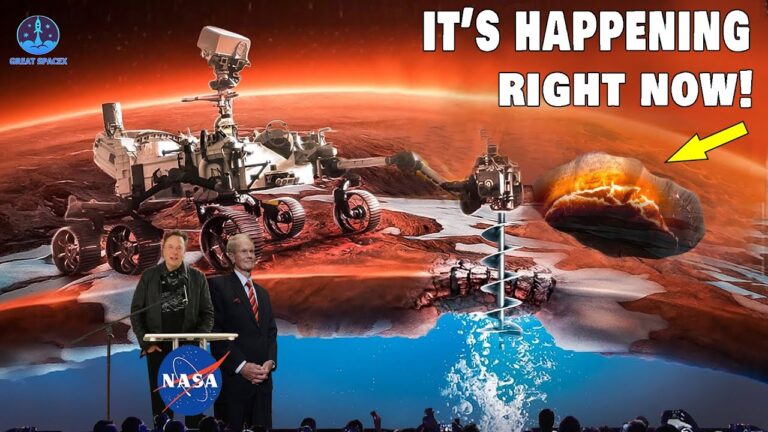
Asteroid 2024 OR1 is no ordinary space rock. With a diameter of about 110 feet, it's comparable in size to the length of a blue whale, which is the largest animal on Earth.
October 20, 2024 – The cosmos had an exhilarating visitor today as asteroid 2024 SH1, a 48-foot space rock, made its close approach to Earth, breezing by at a comfortable distance of 1.52 million miles (2.45 million kilometers). Discovered mere weeks ago, this celestial event provided a significant opportunity for NASA scientists to enhance planetary defense strategies and refine their prediction models.

NASA’s Stream Drive Lab (JPL) is utilizing a high level global positioning framework to screen the circle of 2024 SH1. As indicated by their computations, 2024 SH1 is planned to pass Earth today at a speed of 2.67 km/second a ways off of around 1,520,000 miles.

NASA has sounded a caution for a house-sized space rock, which is set to go by Earth on October 20. Assigned 2024 SH1, the space rock estimates around 48 feet across tantamount to a house.
NASA’s Stream Drive Lab (JPL) is utilizing a high level global positioning framework to screen the circle of 2024 SH1. As indicated by their computations, 2024 SH1 is planned to pass Earth today at a speed of 2.67 km/second a ways off of around 1,520,000 miles.

Two huge space rocks will securely pass Earth this week, an interesting event impeccably coordinated to remember the current year’s Space rock Day.
Neither represents any gamble to our planet, yet one of them was just found seven days prior, featuring the need to keep working on our capacity to identify possibly unsafe articles in our enormous area.
Space rock 2024 MK is somewhere in the range of 120 and 260 m in size and was found on 16 June 2024. The space rock will go by Earth on 29 June during the level of the current year’s Space rock Day exercises.
2024 MK is huge for a close Earth object (NEO) and will pass inside 290 000 km of Earth’s surface — generally 75% of the distance among Earth and the moon.
There is no gamble of 2024 MK influencing Earth. Notwithstanding, a space rock this size would cause impressive harm on the off chance that it did, so its disclosure only multi week before it goes by our planet features the continuous need to work on our capacity to distinguish and screen possibly unsafe close Earth objects (NEOs).
Because of its size and closeness, 2024 MK will be perceptible in clear dull skies on 29 June involving a little telescope or great optics for novice stargazers in certain regions of the planet. Plan your perceptions utilizing ESA’s NEO tool stash.






